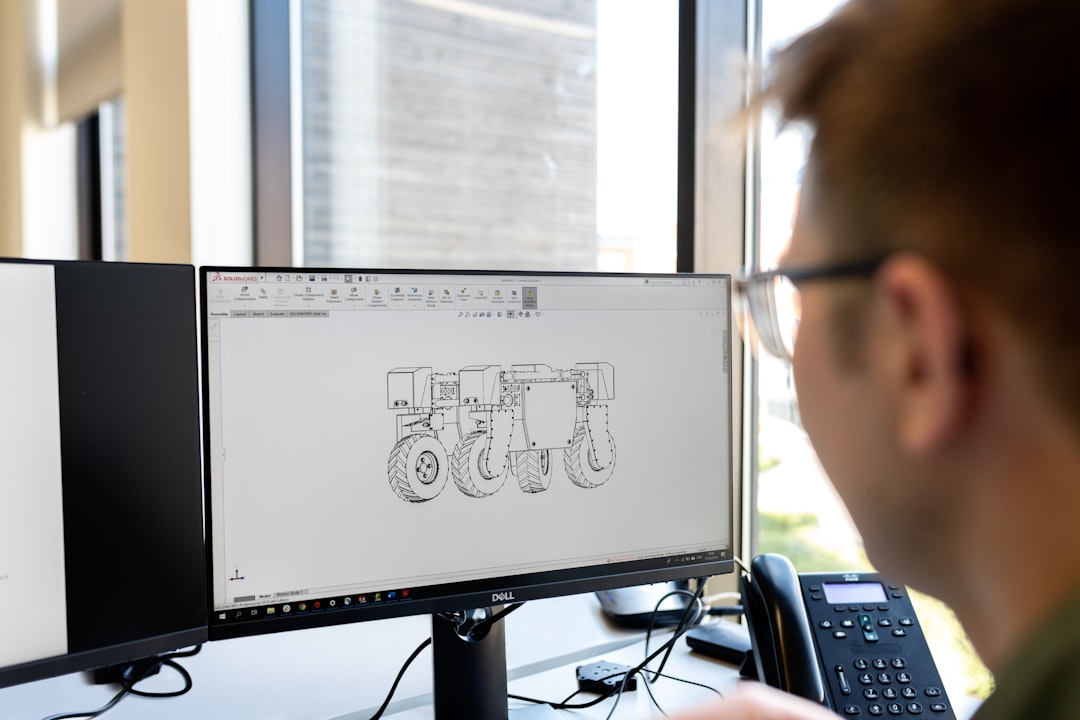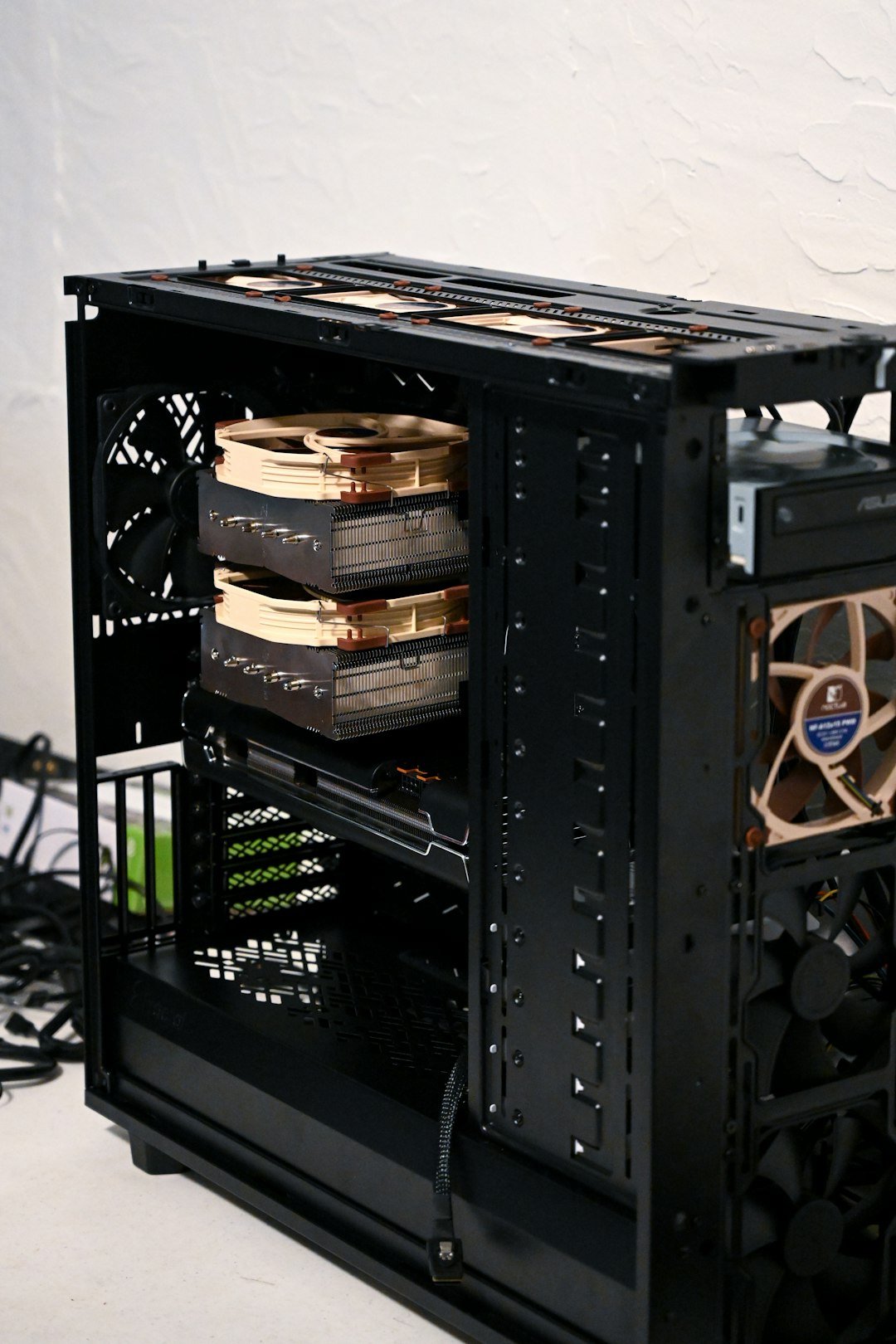Unlock encrypted content
Please enter your SSCE key to initiate on-the-fly decryption.
Decryption key: (Click cancel if you don't have the key)
Copied link to clipboard.
This feature is unavailable for free accounts. Upgrade now and enjoy all Premium benefits.
Go Premium!
This feature is unavailable for free accounts. Upgrade now and enjoy all Premium benefits.
Go Premium!
Please open this page in browser ( Google Chrome or Safari ) to use this feature.
Open In Browser
Edge Computing Storage: The Future of Data Storage
Random related video for this blog.
Copied share link to clipboard.
As businesses and individuals strive to harness the power of this data, the need for efficient and reliable storage solutions has become paramount. Enter edge computing storage – a revolutionary approach that offers advanced capabilities and promises to shape the future of data storage. In this article, we will explore the key features and benefits of edge computing storage, its role in data mirroring across multiple data centers, its integration with mobile apps and advanced driver assistance systems (ADAS), as well as its potential to streamline file sharing workflows and seamlessly integrate with third-party apps. We will also delve into thumbnail preview for videos and photos, the role of artificial intelligence in storage, and ultimately, the future of data storage.
Edge Computing Storage: A Game-Changer for Data Mirroring Across Multiple Data Centers
Data mirroring is a vital aspect of modern data storage, ensuring data redundancy and fault tolerance. Traditionally, data mirroring has been achieved by replicating data across multiple centralized data centers. However, this approach often suffers from latency issues, especially when data needs to be accessed from geographically distant locations. This is where edge computing storage comes into play. Edge computing storage leverages a distributed architecture, placing storage resources closer to the data source or the "edge" of the network. By doing so, it minimizes latency and enables real-time data mirroring across multiple data centers. This decentralized approach ensures that data is readily available, regardless of geographical location, while maintaining the integrity and consistency of the stored information. For example, consider a multinational corporation with offices spread across different continents. With edge computing storage, each office can have its own local storage resources, mirroring data in real-time across other offices' storage systems. This ensures that employees in each location have access to the latest data, enabling seamless collaboration andreducing the risk of data loss or inconsistency.
Mobile Apps and Advanced Driver Assistance Systems (ADAS): Harnessing the Power of Edge Computing Storage
In today's mobile-centric world, the integration of edge computing storage with mobile apps has become increasingly important. Mobile apps often rely on cloud storage for data synchronization and sharing, which can be hindered by latency and connectivity issues. Edge computing storage addresses these challenges by bringing storage resources closer to the mobile devices themselves. By leveraging edge computing storage, mobile apps can offer enhanced performance, seamless file sharing workflows, and improved user experiences. For instance, a photo editing app can leverage edge computing storage to provide thumbnail previews of images stored in the cloud, allowing users to quickly browse and select the desired photos for editing. Moreover, edge computing storage plays a crucial role in the development of advanced driver assistance systems (ADAS) in the automotive industry. ADAS relies on real-time data processing and storage to enable features such as collision avoidance, lane departure warnings, and adaptive cruise control. Edge computing storage allows for the storage and processing of vast amounts of data generated by sensors and cameras in vehicles, ensuring low-latency responses and improving overall system performance and safety.Streamlined File Sharing Workflows and Seamless Integration with Third-Party Apps
In today's interconnected world, file sharing has become an integral part of our personal and professional lives. However, traditional file sharing methods often suffer from limitations such as file size restrictions, slow transfer speeds, and compatibility issues with third-party apps. Edge computing storage offers a solution to these challenges by enabling streamlined file sharing workflows and seamless integration with a wide range of third-party apps. For example, imagine a marketing team collaborating on a video project. With edge computing storage, team members can easily share large video files, up to 250 GB in size, using a secure and high-speed file transfer service like FileLu. This eliminates the need for cumbersome file compression or splitting, ensuring smooth collaboration and efficient workflows. Additionally, edge computing storage seamlessly integrates with popular third-party apps, such as document editors, project management tools, or customer relationship management (CRM) systems. This allows users to directly access and edit files stored in edge storage without the need for complex file synchronization or manual transfers. The integration of edge computing storage with third-party apps empowers users to work more efficiently, saving time and resources.Thumbnail Preview for Videos and Photos: Enhancing User Experiences
In the era of visual content, thumbnail previews for videos and photos have become an essential feature for many applications and platforms. They provide users with a quick glimpse of the content, helping them navigate and select files more efficiently. Edge computing storage enables the generation of thumbnail previews in real-time, enhancing user experiences and facilitating content exploration. For instance, a video sharing site powered by edge computing storage can generate thumbnail previews for videos as they are uploaded, allowing users to preview the content before watching. This not only saves time but also provides a visual preview that helps users make informed decisions about which videos to view. Similarly, a photo upload app can leverage edge computing storage to generate thumbnail previews of images stored in the cloud. This enables users to quickly browse through their photo collections, locate specific images, and organize them more effectively. Thumbnail previews enhance user experiences by providing visual cues and facilitating content discovery.Galactic Empires and Artificial Intelligence Storage: Looking Ahead
As technology continues to advance at an unprecedented pace, the future of data storage holds exciting possibilities. One of the emerging trends is the integration of artificial intelligence (AI) with storage systems, paving the way for intelligent and self-optimizing storage architectures. Imagine a galactic empire spanning multiple star systems, each generating massive amounts of data. Edge computing storage, combined with AI capabilities, could enable autonomous data management and optimization. AI algorithms could analyze data usage patterns, predict future storage needs, and automatically allocate resources accordingly. This would ensure efficient utilization of storage resources and minimize costs, while providing seamless and reliable access to data across vast distances. Furthermore, AI-powered storage systems could leverage machine learning algorithms to detect anomalies or patterns in data usage, enabling proactive security measures and identifying potential data breaches. This would enhance data protection and privacy, safeguarding sensitive information from unauthorized access. In conclusion, edge computing storage is revolutionizing the way we store and access data. Its decentralized architecture, combined with features such as data mirroring across multiple data centers, integration with mobile apps and ADAS, streamlined file sharing workflows, and thumbnail previews, offers significant advantages over traditional storage methods. As the integration of AI with storage systems becomes more prevalent, the future of data storage holds immense potential for intelligent, self-optimizing storage architectures. With FileLu's advanced capabilities and affordable plans, users can embrace the benefits of edge computing storage and unlock new possibilities in data storage and management.Frequently Asked Questions (FAQs)
Question: What is edge computing storage? Answer:
Edge computing storage is a decentralized approach to data storage that brings storage resources closer to the data source or the "edge" of the network. It minimizes latency, enables real-time data mirroring across multiple data centers, and offers enhanced performance for mobile apps and advanced driver assistance systems (ADAS).
Question: How does edge computing storage streamline file sharing workflows? Answer:
Edge computing storage enables seamless file sharing workflows by eliminating limitations such as file size restrictions, slow transfer speeds, and compatibility issues with third-party apps. It allows for the efficient transfer of large files, up to 250 GB in size, and seamless integration with a wide range of third-party apps.
Question: What are thumbnail previews, and why are they important? Answer:
Thumbnail previews are small visual representations of videos or photos that provide users with a quick glimpse of the content. They enhance user experiences by helping users navigate and select files more efficiently, whether on a video sharing site or a photo upload app.
Case Studies: 1. Company X: Boosting Collaboration with Edge Computing Storage Company X, a global design agency, faced challenges in collaborating on large design files across their distributed teams. By implementing edge computing storage, they were able to establish local storage resources in each office and achieve real-time data mirroring across multiple data centers. This enabled seamless collaboration, reduced latency, and improved overall efficiency, resulting in enhanced client satisfaction and increased project delivery speed. 2. Automotive Manufacturer Y: Empowering ADAS with Edge Computing Storage Automotive Manufacturer Y sought to enhance their advanced driver assistance systems (ADAS) by leveraging edge computing storage. By storing and processing data closer to the vehicles, they achieved low-latency responses, improved system performance, and enhanced safety features. This resulted in a competitive edge in the market, as their vehicles offered superior ADAS capabilities compared to competitors relying on traditional cloud storage methods. 3. Video Streaming Platform Z: Delighting Users with Thumbnail Previews Video Streaming Platform Z aimed to enhance user experiences by providing thumbnail previews for their vast library of videos. By leveraging edge computing storage, they were able to generate thumbnail previews in real-time as videos were uploaded, allowing users to quickly browse and select content. This led to increased user engagement, longer viewing times, and ultimately, higher revenue through a more satisfied user base.
By Amelia Isabella
Email: [email protected]
Related
Advanced Uploading Tools: Enhancing File Transfer Efficiency in the Digital...
July 31, 2023
Read More
Genetic Engineering, Cloud Infrastructure, and Bioprinting: The Future of Data...
July 31, 2023
Read More
Mind Uploading: Exploring Technological Advancements and Secure Document Collaboration
August 1, 2023
Read More
Popular
The Future of Digital Transformation: Exploring Smart Homes, Efficient File...
November 30, 2025
Read More
Latest
The Future of Digital Transformation: Exploring Smart Homes, Efficient File...
November 30, 2025
Read More
Exploring the Benefits of Cloud Storage and Innovative Technologies in...
November 26, 2025
Read More
The Future of Technology: Exploring Biohacking, Space Tourism, and Digital...
November 23, 2025
Read More
The Future of File Sharing: Streamlined Workflows for Photographers and...
November 19, 2025
Read More
Exploring the Intersection of Technology: From Cybersecurity to Augmented Reality...
November 16, 2025
Read More
The Future of File Management: Embracing Edge Computing and Efficient...
November 12, 2025
Read More
The Future of File Sharing: Exploring User-Friendly Solutions and Data...
November 5, 2025
Read More
The Future of Cloud Storage: How FileLu Empowers Creative Professionals...
November 2, 2025
Read More
The Future of Autonomous Technologies: Innovations in Robotics, File Sharing,...
October 29, 2025
Read More
Emerging Technologies Revolutionizing File Management: From Li-Fi to Robust Collaboration...
October 26, 2025
Read More
Emerging Technologies: Exploring the Impact of File Access Auditing, Genetic...
October 19, 2025
Read More
The Future of Data Storage: Exploring Advanced Encryption, Mobile Integration,...
October 5, 2025
Read More
Exploring the Future of Data Management: Security, Efficiency, and Cognitive...
September 28, 2025
Read More
Revolutionizing Data Management: Innovations in Storage, Security, and Sustainable Technology.
September 24, 2025
Read More























